Firefighter incidents involving the obese rise by a third
Service called out more than 900 times over last year to help people too large to move by themselves
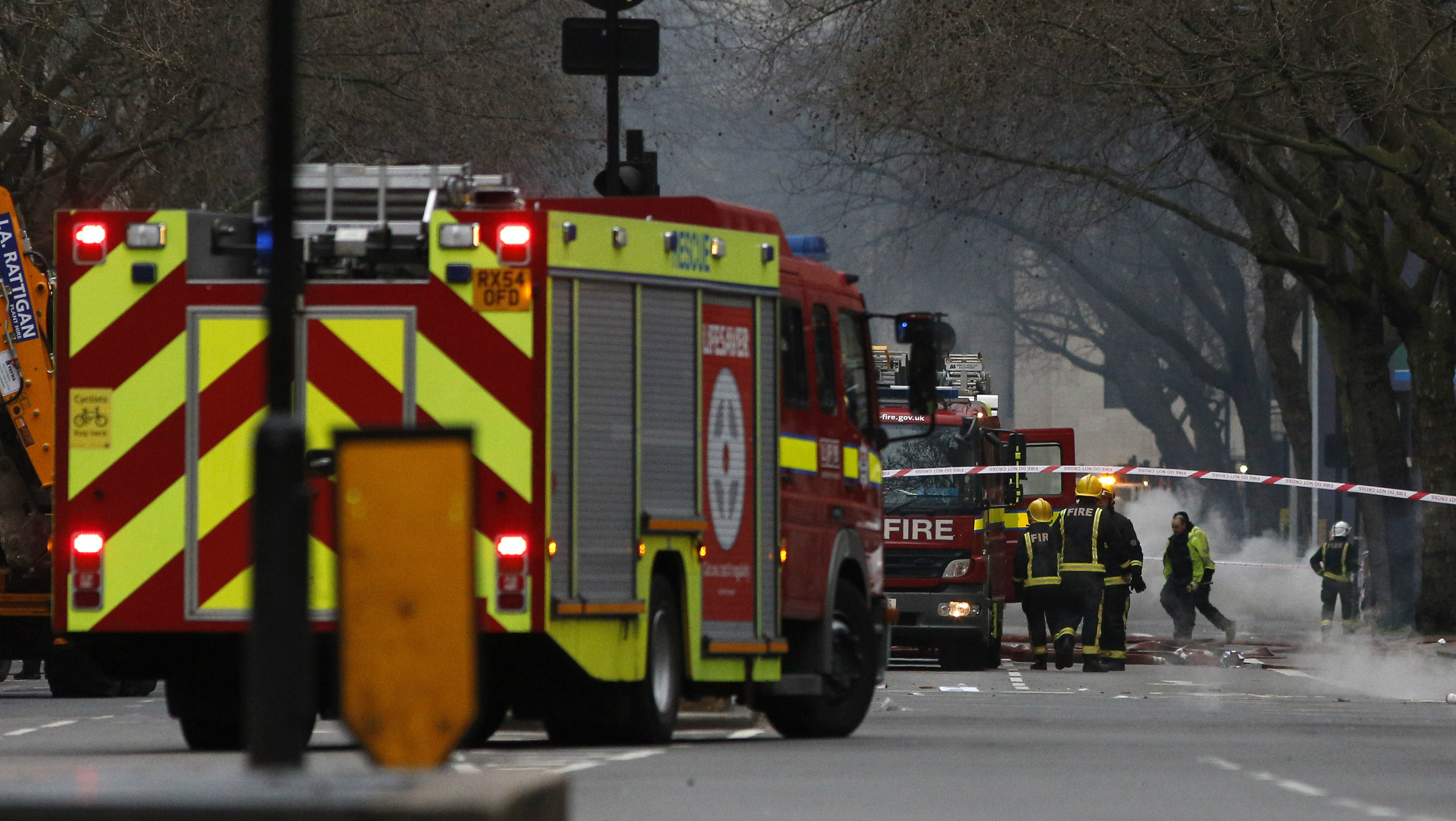
Some of the rescues involved removing walls or windows, or the use of special lifting equipment such as slings and winches.
In one case, the Daily Telegraph reports, "a 40-stone man had to be carried from the upstairs of a pub".
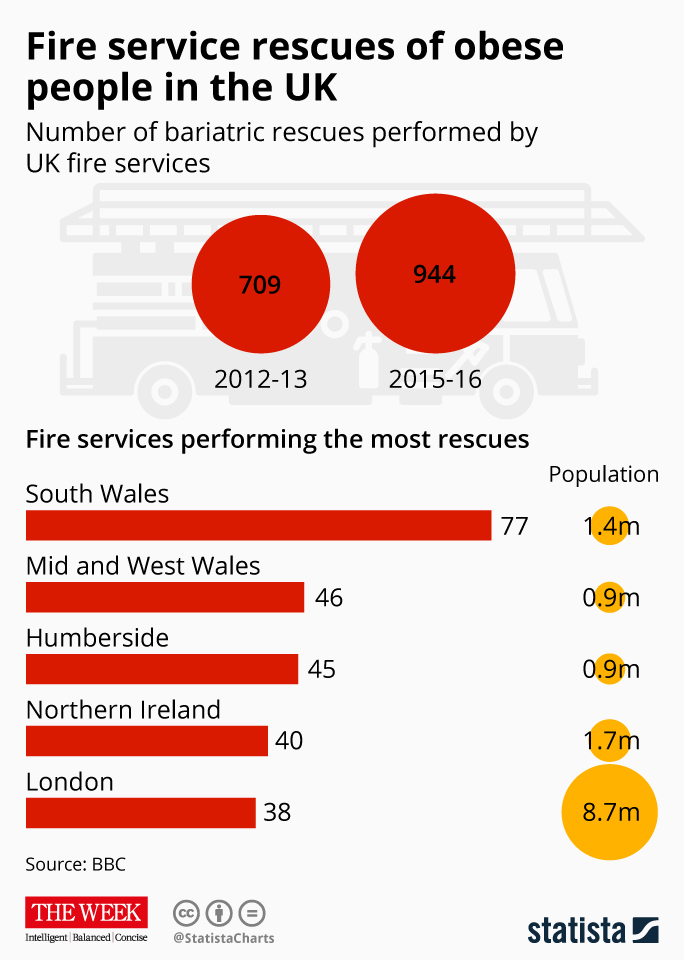
The National Obesity Forum, which monitors the nation's expanding waistline, says the increase is not due to more people becoming overweight but a tendency for the already obese to become bigger.
The Week
Escape your echo chamber. Get the facts behind the news, plus analysis from multiple perspectives.

Sign up for The Week's Free Newsletters
From our morning news briefing to a weekly Good News Newsletter, get the best of The Week delivered directly to your inbox.
From our morning news briefing to a weekly Good News Newsletter, get the best of The Week delivered directly to your inbox.
"This is not about more people being obese," spokesman Tam Fry told the BBC. "This is about those who are already obese now getting to a size where they now need assistance."
Chris Jones, from the South Wales Fire Service, which recorded the highest number of bariatric rescues in the country, described the potentially complex processes involved in rescuing a stranded obese person.
"If we are doing what we call an external rescue, where we are taking the patient out through a window, quite commonly we will remove the window frame itself and we will actually drop courses of brickwork down to create that space," he told the Telegraph.
"Internally we might have to take doors off, move furniture, we may even have to put supporting systems into the house to make sure everything is structurally sound as well."
A free daily email with the biggest news stories of the day – and the best features from TheWeek.com
Firefighters also reported call-outs to help transport the body of a deceased overweight person into an undertaker's vehicle.
Infographic by www.statista.com for TheWeek.co.uk.
-
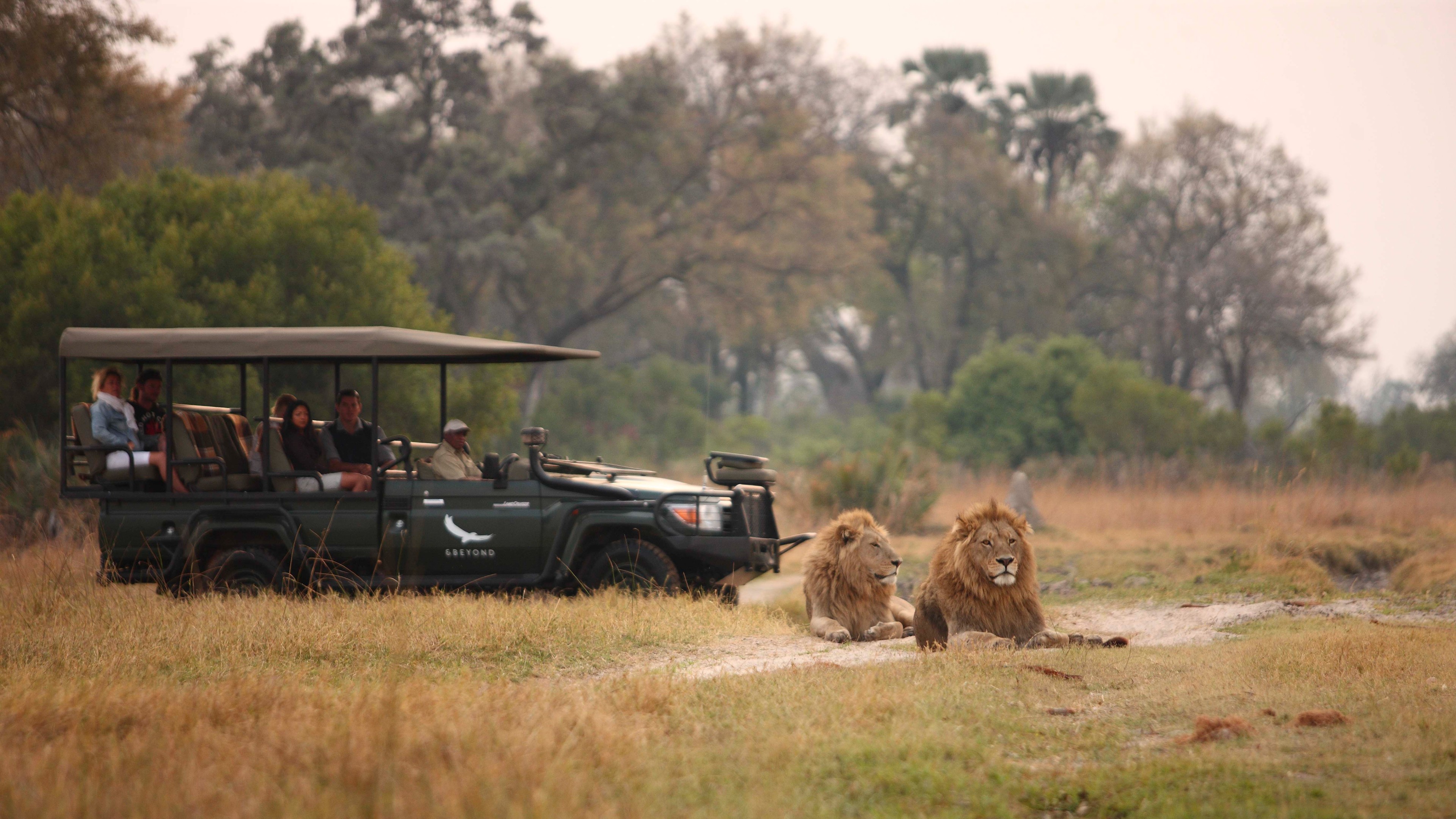 11 hotels opening in 2026 to help you reconnect with nature
11 hotels opening in 2026 to help you reconnect with natureThe Week Recommends Find peace on the beaches of Mexico and on a remote Estonian island
-
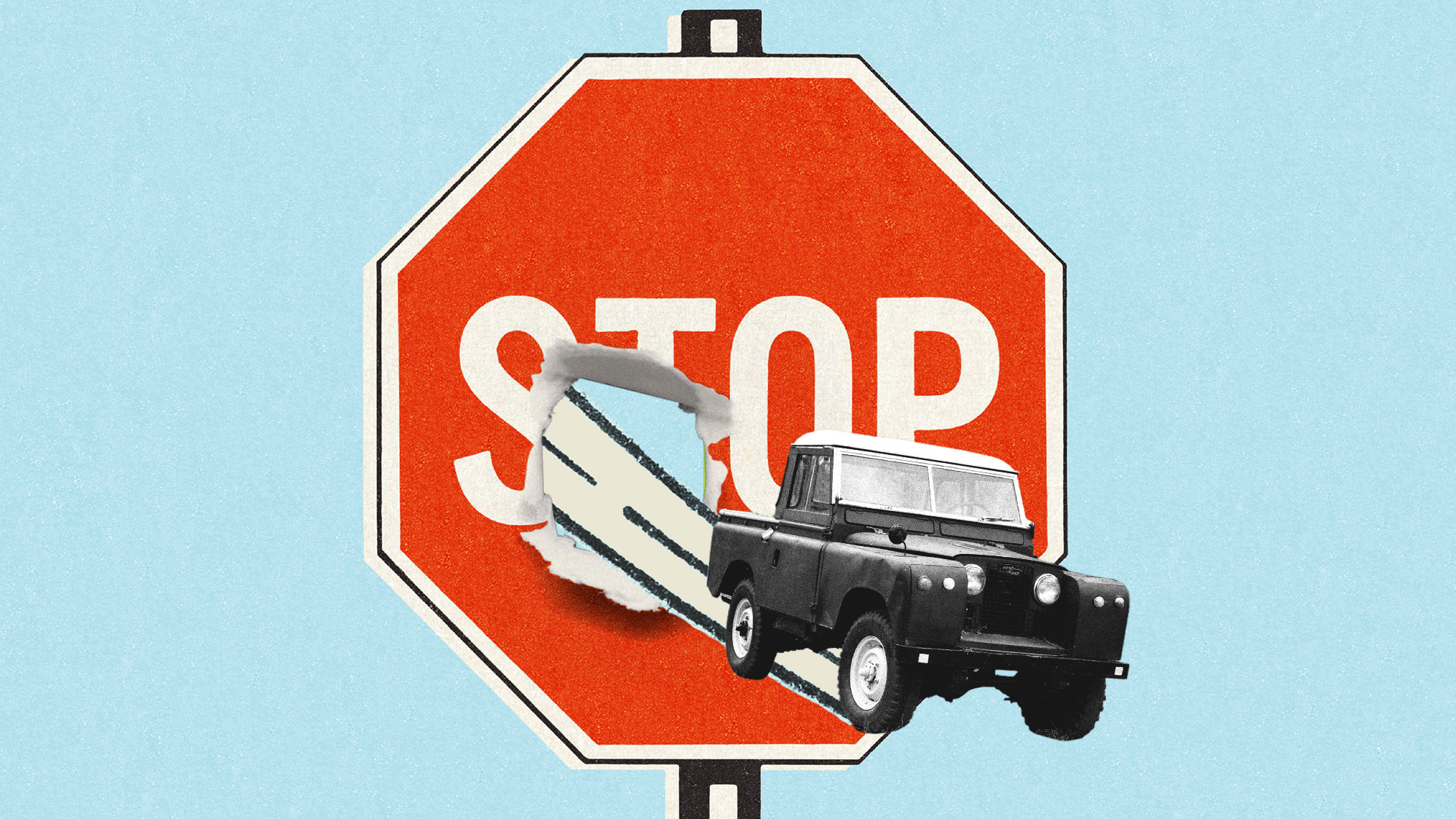 Zimbabwe’s driving crisis
Zimbabwe’s driving crisisUnder the Radar Southern African nation is experiencing a ‘public health disaster’ with one of the highest road fatality rates in the world
-
 The Mint’s 250th anniversary coins face a whitewashing controversy
The Mint’s 250th anniversary coins face a whitewashing controversyThe Explainer The designs omitted several notable moments for civil rights and women’s rights
-
 Home Office worker accused of spiking mistress’s drink with abortion drug
Home Office worker accused of spiking mistress’s drink with abortion drugSpeed Read Darren Burke had failed to convince his girlfriend to terminate pregnancy
-
 In hock to Moscow: exploring Germany’s woeful energy policy
In hock to Moscow: exploring Germany’s woeful energy policySpeed Read Don’t expect Berlin to wean itself off Russian gas any time soon
-
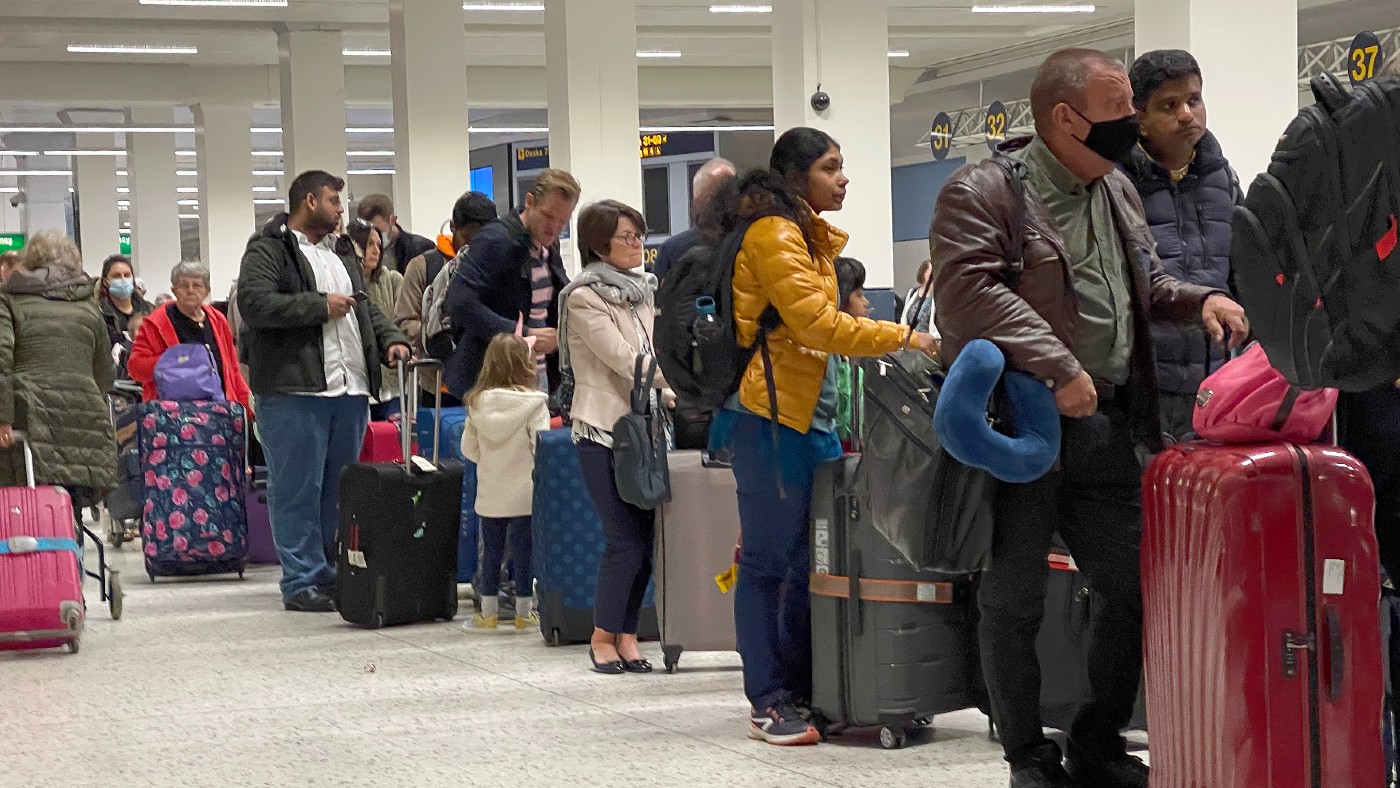 Were Covid restrictions dropped too soon?
Were Covid restrictions dropped too soon?Speed Read ‘Living with Covid’ is already proving problematic – just look at the travel chaos this week
-
 Inclusive Britain: a new strategy for tackling racism in the UK
Inclusive Britain: a new strategy for tackling racism in the UKSpeed Read Government has revealed action plan setting out 74 steps that ministers will take
-
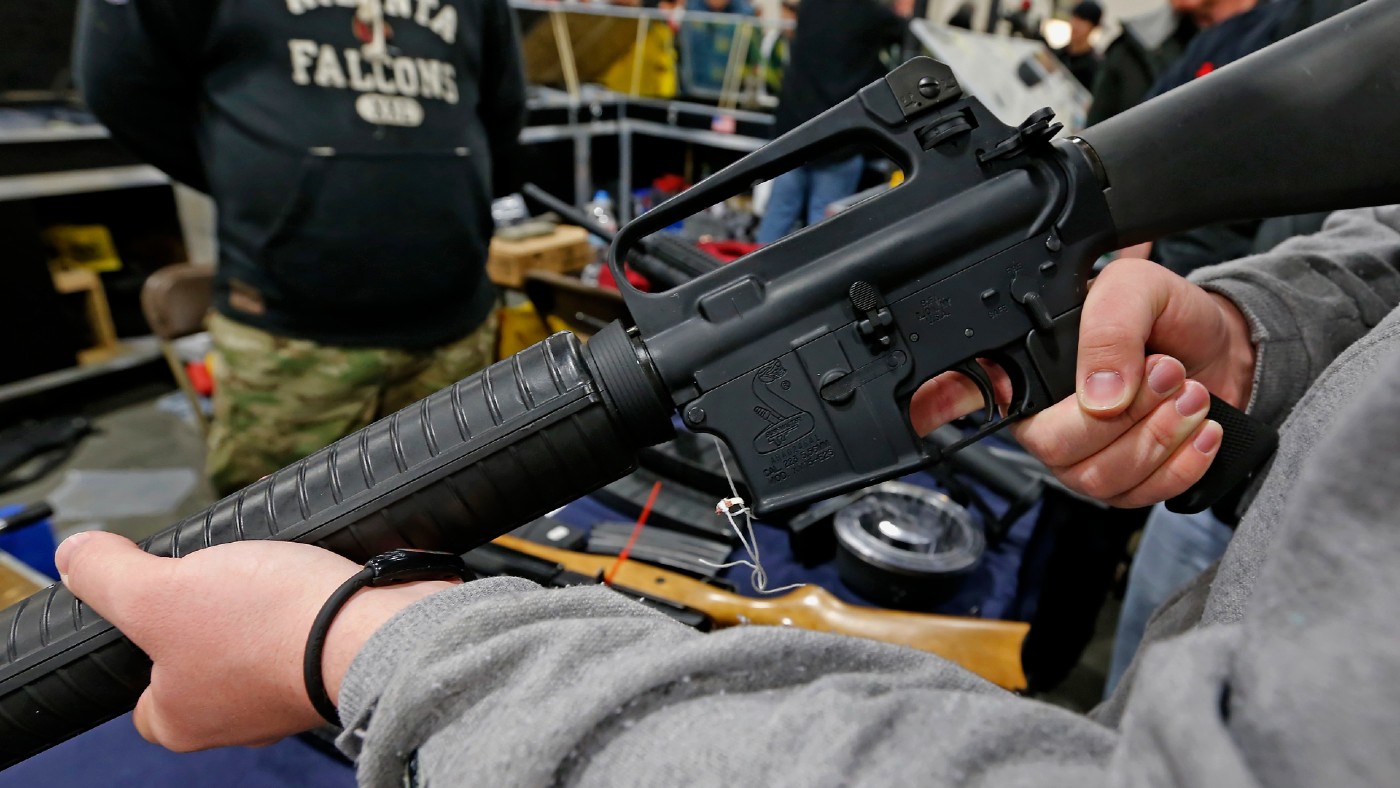 Sandy Hook families vs. Remington: a small victory over the gunmakers
Sandy Hook families vs. Remington: a small victory over the gunmakersSpeed Read Last week the families settled a lawsuit for $73m against the manufacturer
-
 Farmers vs. walkers: the battle over ‘Britain’s green and pleasant land’
Farmers vs. walkers: the battle over ‘Britain’s green and pleasant land’Speed Read Updated Countryside Code tells farmers: ‘be nice, say hello, share the space’
-
 Motherhood: why are we putting it off?
Motherhood: why are we putting it off?Speed Read Stats show around 50% of women in England and Wales now don’t have children by 30
-
 Anti-Semitism in America: a case of double standards?
Anti-Semitism in America: a case of double standards?Speed Read Officials were strikingly reluctant to link Texas synagogue attack to anti-Semitism